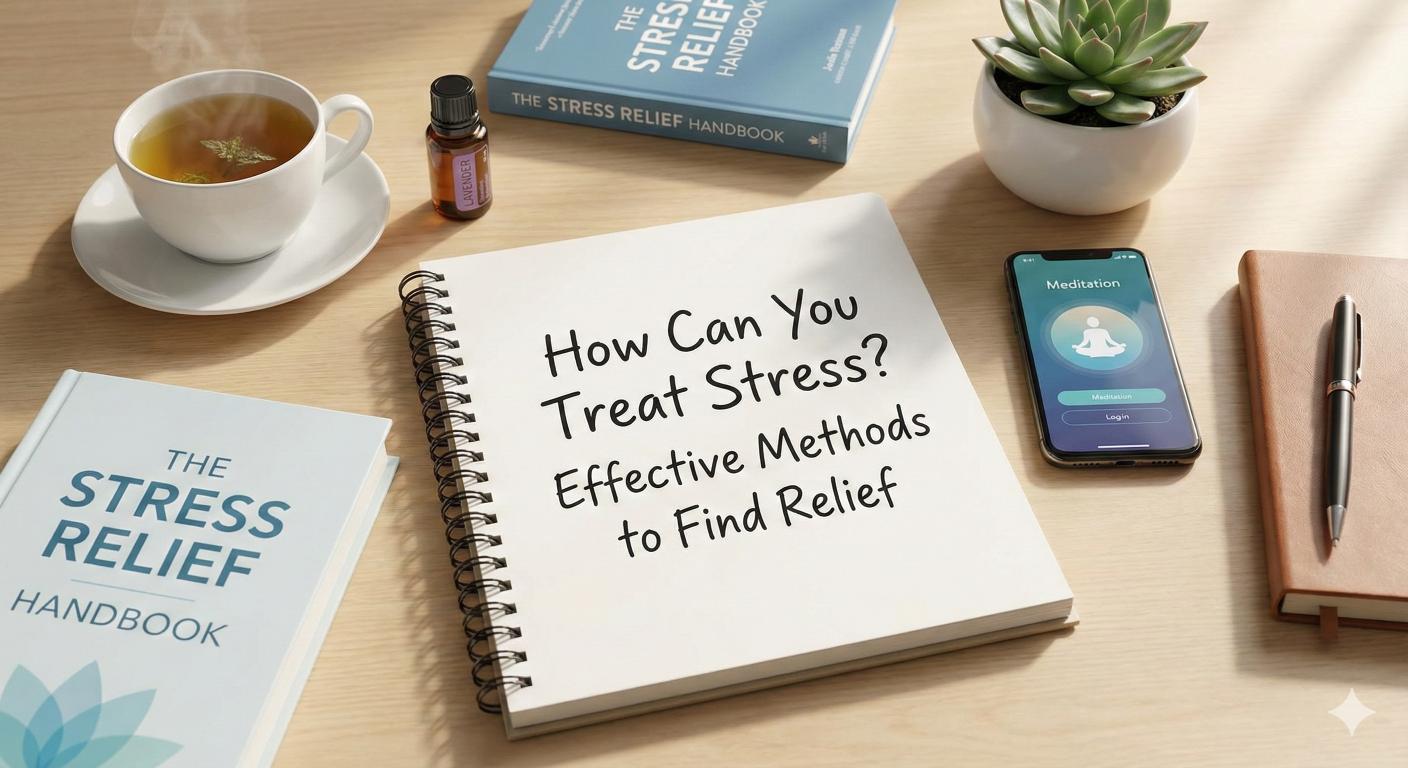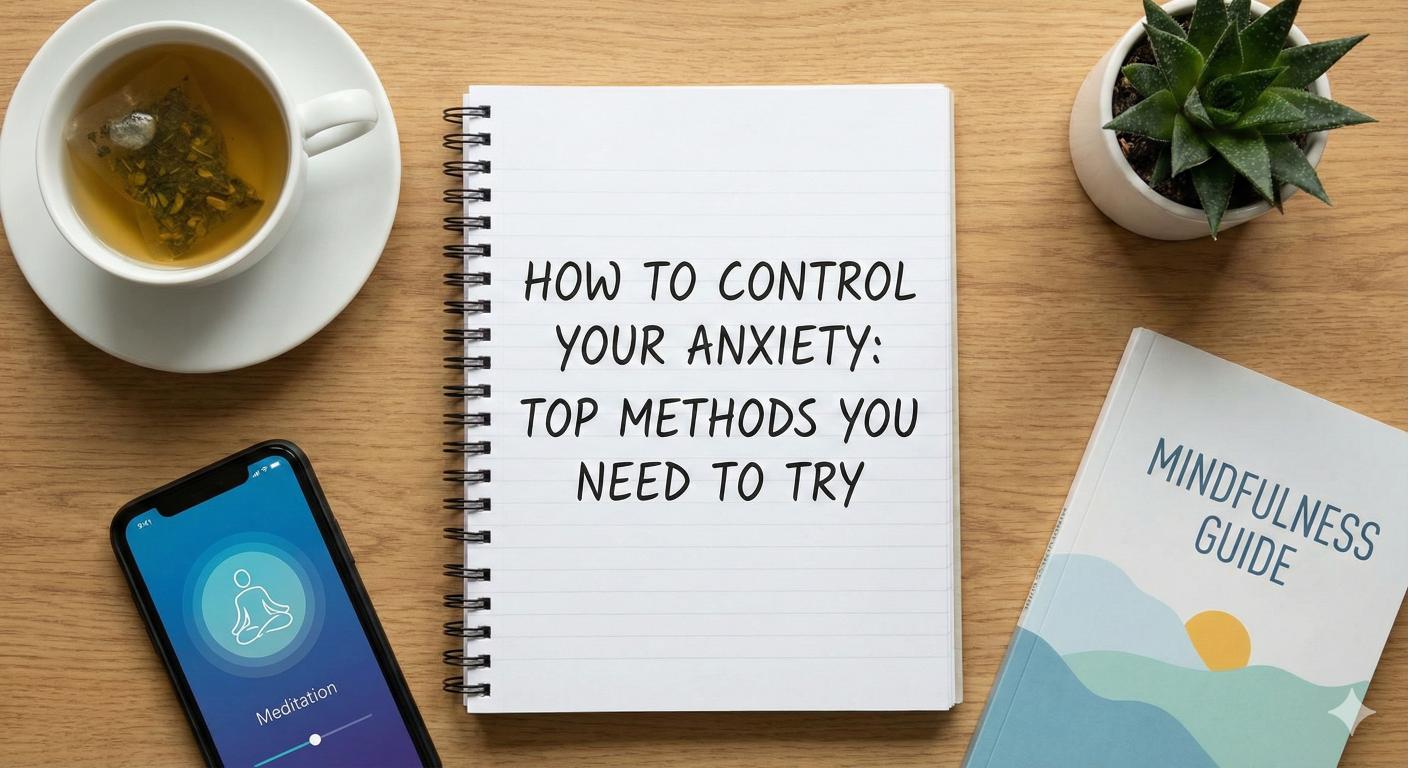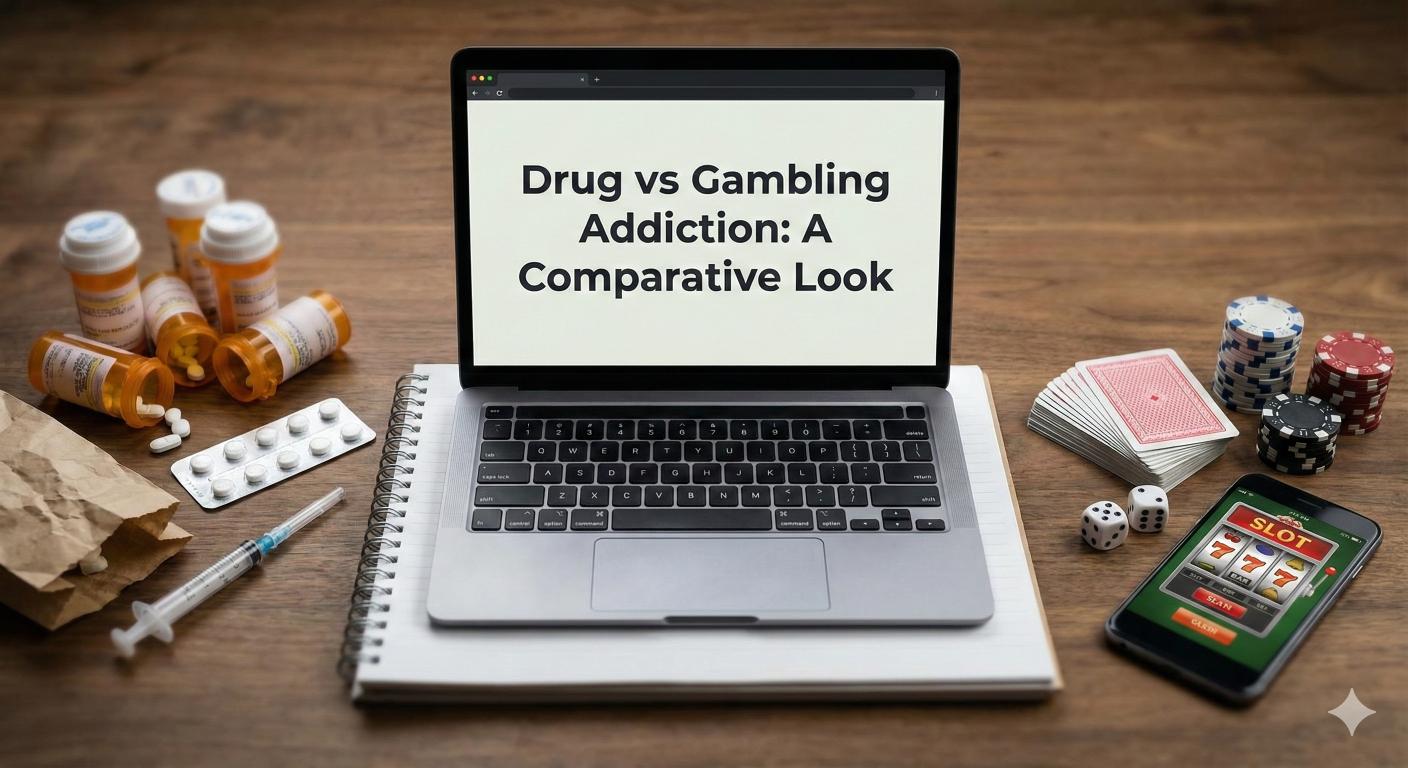Living a Fulfilling Life with Persistent Depressive Disorder
Discover insights on persistent depressive disorder (dysthymia): living with long-term depression and finding hope.


Living with Persistent Depressive Disorder
Understanding Persistent Depressive Disorder
Persistent Depressive Disorder (PDD), often referred to as dysthymia, is a long-term form of depression that significantly affects an individual's quality of life. It is characterized by a depressed mood that lasts most of the day over a prolonged period, defined as at least two years in adults and one year in children and adolescents. Symptoms typically include feelings of sadness and emptiness, loss of interest in daily activities, trouble with motivation, and low self-esteem. These persistent feelings can interfere with relationships, school, work, and overall daily functioning.
PDD merges the previous diagnoses of dysthymic disorder and chronic major depressive disorder as per the Diagnostic and Statistical Manual of Mental Disorders, Fifth Edition (DSM-5). Individuals living with PDD are at a heightened risk for suicidal thoughts and behaviors, emphasizing the importance of seeking medical help if symptoms are present.
Symptoms and Risk Factors
Symptoms of persistent depressive disorder can manifest in various ways, impacting life significantly. Common symptoms include:
In children, symptoms may also appear as irritability, leading to increased annoyance or anger.
Risk factors associated with PDD include:
Risk FactorDescriptionEarly OnsetOnset during childhood, teen years, or young adulthood increases susceptibility.Family HistoryA family history of depression may heighten the risk.Chronic StressOngoing life stressors or traumatic experiences can trigger or worsen symptoms.
Individuals concerned about their mental health should reach out to a healthcare provider or mental health professional. It's critical, especially in cases involving thoughts of self-harm, to seek immediate help from emergency services or a suicide hotline [1].
Understanding persistent depressive disorder (dysthymia): living with long-term depression is vital for recognizing its impact on oneself or loved ones. Exploring topics like understanding clinical depression: more than just feeling sad and the various types of depressive disorders explained can offer additional insights.

Treatment Options for PDD
Effective management of Persistent Depressive Disorder (PDD), commonly known as dysthymia, typically involves a multi-faceted approach including medication, therapy, and self-help strategies.
Medication and Therapy
The most effective treatment for PDD combines medication, counseling, and healthy lifestyle choices. Common treatment methods include antidepressants and cognitive behavioral therapy (CBT).
Treatment TypeDescriptionTimeframe for EffectAntidepressantsMedications that help balance chemicals in the brain.4 to 6 weeks for full effect (Johns Hopkins Medicine)Cognitive Behavioral Therapy (CBT)A type of therapy that focuses on changing negative thought patterns and behaviors.Varies based on individual progress
For some, therapy can involve interpersonal therapy, which helps improve relationship skills and resolve interpersonal issues.
Self-Help Strategies
In addition to formal treatment options, self-help strategies can significantly aid in managing symptoms of PDD. These strategies encourage individuals to take active steps towards personal wellness.
Self-Help StrategyDescriptionRegular Physical ActivityEngaging in consistent exercise can reduce symptoms of depression and boost overall mood.JournalingWriting about feelings and experiences can provide insight and emotional release.Mindfulness and MeditationPracticing mindfulness techniques can improve awareness and reduce symptoms of anxiety and depression.Acts of KindnessDoing something kind for others can foster a sense of purpose and connection.
Incorporating these self-help strategies alongside medical treatment can empower individuals in their journey to manage persistent depressive disorder effectively. For further information on this topic, refer to our article on understanding clinical depression: more than just feeling sad and types of depressive disorders explained.

Support Groups and Communities
Living with persistent depressive disorder (dysthymia): living with long-term depression can be challenging, and finding support is essential. Support groups and communities provide an opportunity for individuals to connect, share experiences, and gain insights.
Benefits of Support Groups
Support groups offer several advantages for those dealing with dysthymia. They provide a safe space for individuals to share their stories, reducing feelings of isolation and loneliness commonly associated with this condition. These groups often focus on specific topics such as depression, enabling participants to connect with others facing similar situations. Some benefits include:
BenefitDescriptionEmotional SupportParticipants can express feelings and experiences without judgment.Shared ExperiencesHearing others’ stories can foster a sense of understanding and community.Coping StrategiesMembers often share effective strategies and tips for managing symptoms.ResourcesSupport groups can provide information on local and online resources available for further help.
Local Mental Health America affiliates and the National Mental Health Consumers' Self-Help Group Clearinghouse are valuable resources for finding support groups in specific areas [4].
Online Support Options
For individuals who may not have access to in-person support groups, online options offer additional avenues for connection. Online support groups, discussion boards, blogs, and communities allow individuals living with persistent depressive disorder to connect with others when local resources are limited [4].
Some specific online options include:
Online ResourceDescriptionBlog CommunitiesSpaces for sharing personal experiences and coping strategies.Forum Discussion BoardsAreas to ask questions and receive support from others.Social Media GroupsFacebook groups or other platforms dedicated to discussing mental health topics.
These online resources are essential for providing support and community for those navigating the long-term challenges of persistent depressive disorder. Whether through local support groups or virtual connections, individuals can find the community they need to foster resilience and healing.

Finding Purpose in Life with PDD
Importance of Sense of Purpose
Having a sense of purpose can significantly impact one's emotional well-being. Research indicates that individuals with a clear sense of purpose may experience a more positive outlook and reduced physiological responses to stress. This improvement in mood and emotional regulation is especially beneficial for those living with persistent depressive disorder (dysthymia). Furthermore, maintaining a sense of purpose in life has been linked to better cognitive function and a decreased risk of dementia as individuals age.
Studies also suggest that a loss of purpose may contribute to the onset of depressive symptoms. Participants in recent research reported that their depression was closely tied to losing direction in life regarding work, relationships, and personal goals. As their sense of purpose diminished, they found themselves more prone to feelings of sadness and hopelessness.
Strategies for Regaining Purpose
Regaining a sense of purpose while living with depression can be challenging, but several strategies may help. Addressing other symptoms of depression through psychotherapy and medication can facilitate this process. The following strategies may also be beneficial in rediscovering purpose:
Implementing these strategies can assist individuals in navigating the complexities of living with persistent depressive disorder while also fostering a renewed sense of direction and fulfillment in life. For more insights on understanding various depressive disorders, see our articles on types of depressive disorders explained and understanding clinical depression: more than just feeling sad.
Managing Symptoms of PDD
Living with persistent depressive disorder (dysthymia) requires effective strategies for managing symptoms. Two vital approaches include coping with depression and implementing activity scheduling and goal setting.
Coping with Depression
Coping mechanisms are essential for individuals experiencing persistent depressive disorder. These strategies can help alleviate symptoms and create a sense of control. Important techniques include:
Coping StrategyDescriptionActs of KindnessPerform small, meaningful gestures for others to find fulfillment.Achievable GoalsSet realistic, attainable goals for daily tasks.Self-Care ImportanceMaintain a balanced diet, exercise, and ensure good sleep hygiene.
Activity Scheduling and Goal Setting
Activity scheduling is a cognitive-behavioral therapy (CBT) skill that helps individuals combat depression by introducing structure into their day. This involves breaking down the day into sections and setting specific, achievable goals.
Activity Scheduling ComponentGoalDaily StructureSet time blocks for specific activities (e.g., meals, self-care).Gradual GoalsIdentify small, incremental steps to facilitate progress.Victory CelebrationAcknowledge even minor achievements to build confidence.
Using these strategies, individuals can create a supportive framework that fosters resilience and combats the challenging symptoms associated with persistent depressive disorder. For more insights into understanding various depression types, visit our page on types of depressive disorders explained.
Insights on Dysthymia
Dysthymia Overview
Dysthymia, also known as persistent depressive disorder (PDD), is characterized by a mild but chronic form of depression. Individuals experiencing this condition often maintain a depressed mood that lasts most of the day, more days than not, for at least two years in adults or one year in children and adolescents [7]. People with dysthymia may additionally experience episodes of major depressive disorders, leading to a more complex mental health picture [8].
The prevalence of dysthymia is relatively low, with approximately 0.5% reported for the general population according to the DSM-5 Text Revision (DSM-5-TR). However, it is crucial to recognize its impact, as individuals with PDD may face a heightened risk for suicidal thoughts and chronic mental health ramifications. Here is a summary of the prevalence of related conditions:
Condition12-Month PrevalenceDysthymia (PDD)~0.5%Chronic Major Depressive Disorder~1.5%PDD with Major Depressive Episodes15.2%PDD with Pure Dysthymia3.3%Major Depressive Disorder28.2%
Therapy and Medication Approaches
Treatment options for persistent depressive disorder typically include a combination of medication and therapy. The mainstay medication for PDD is antidepressants, which often take 4 to 6 weeks to demonstrate their full effect [8].
Therapeutic interventions are equally important. Cognitive-behavioral therapy (CBT) and interpersonal therapy are common approaches. CBT focuses on changing distorted thoughts about oneself and the world, while interpersonal therapy aims to enhance relationship skills and social support, providing individuals with effective coping mechanisms.
Length and frequency of therapy sessions can significantly impact treatment outcomes. Studies suggest that greater durations and higher numbers of sessions lead to improved results for those suffering from chronic depression.
For more information on different types of depressive disorders, check our article on types of depressive disorders explained.
References
[2]:
[3]:
[4]:
[5]:
[6]:
[7]:
[8]:
More Resources
A team ready to start your journey.
Get in touch — today.
We are a safe space – a haven for exceptional individuals to receive discreet, personalized, in-person treatment and care.
.avif)










